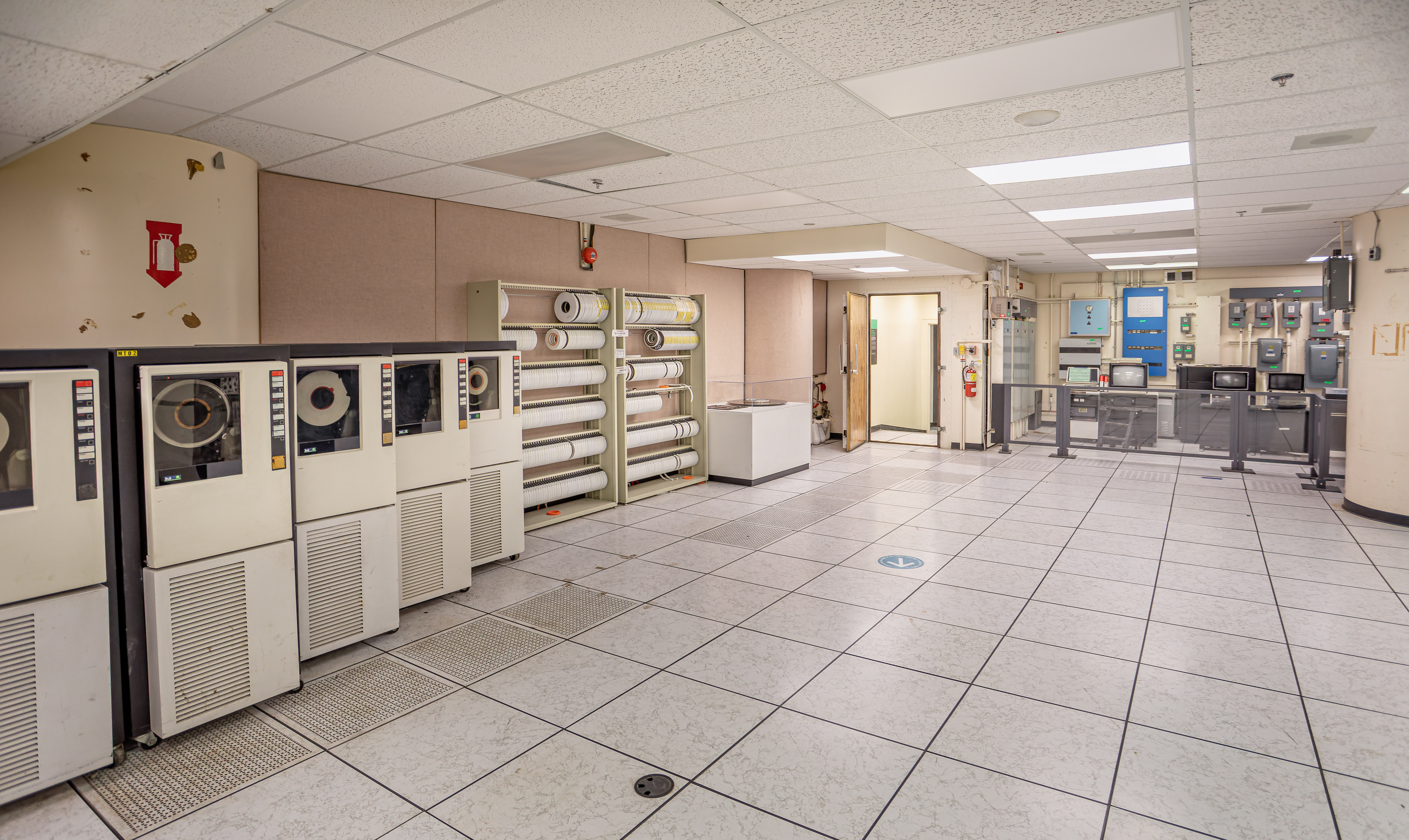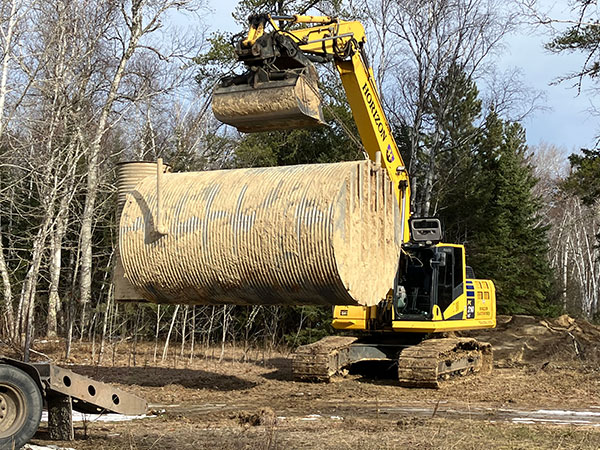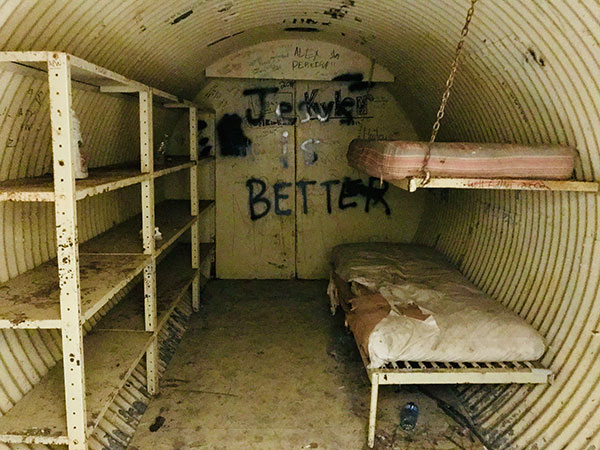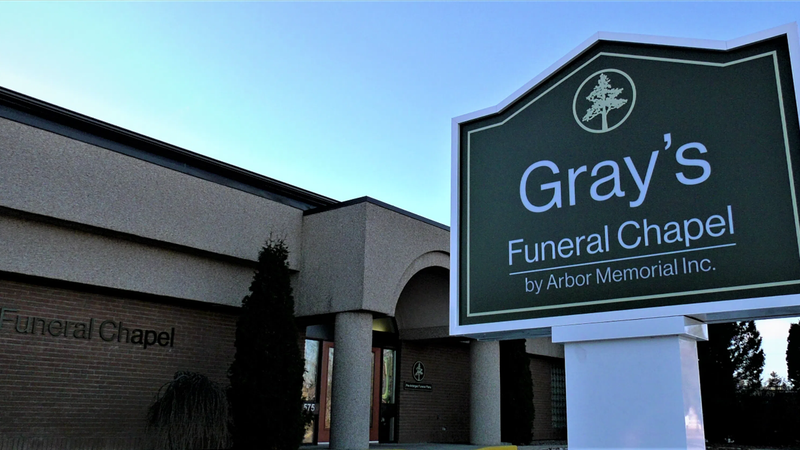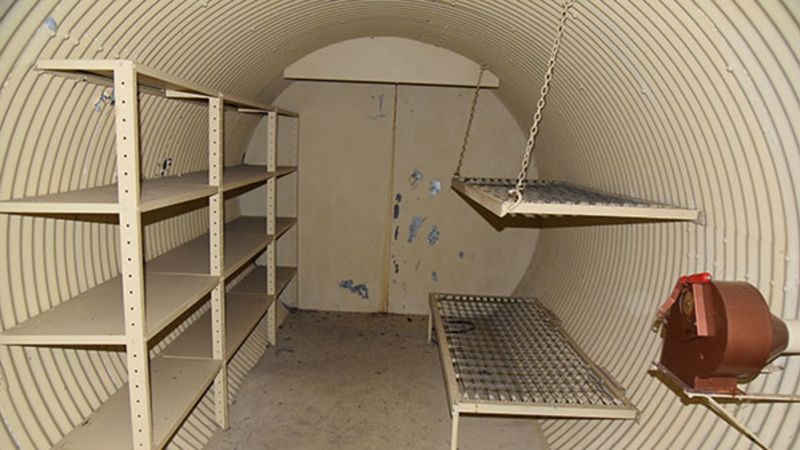
More than 100 Cold War fallout shelters mapped in Saskatchewan by military historian
They are hidden pieces of history scattered throughout Saskatchewan.
Fallout shelters, also known as Fallout Reporting Posts (FRPs) were built during the Cold War to thwart the effects of a nuclear attack on the country. Andrew Burtch is a military historian who has mapped as many of these remaining underground bunkers he can find.
“People would build fallout shelters in their backyard and in their homes and that was largely a voluntary effort that citizens were urged to do, especially following about 1959 as the threat of intercontinental ballistic missiles came about,” Burtch said. “An attack could come with very little warning anywhere across the country and so you needed some way to get underground and distance yourself from the radiation for that period during which it could be lethal.”
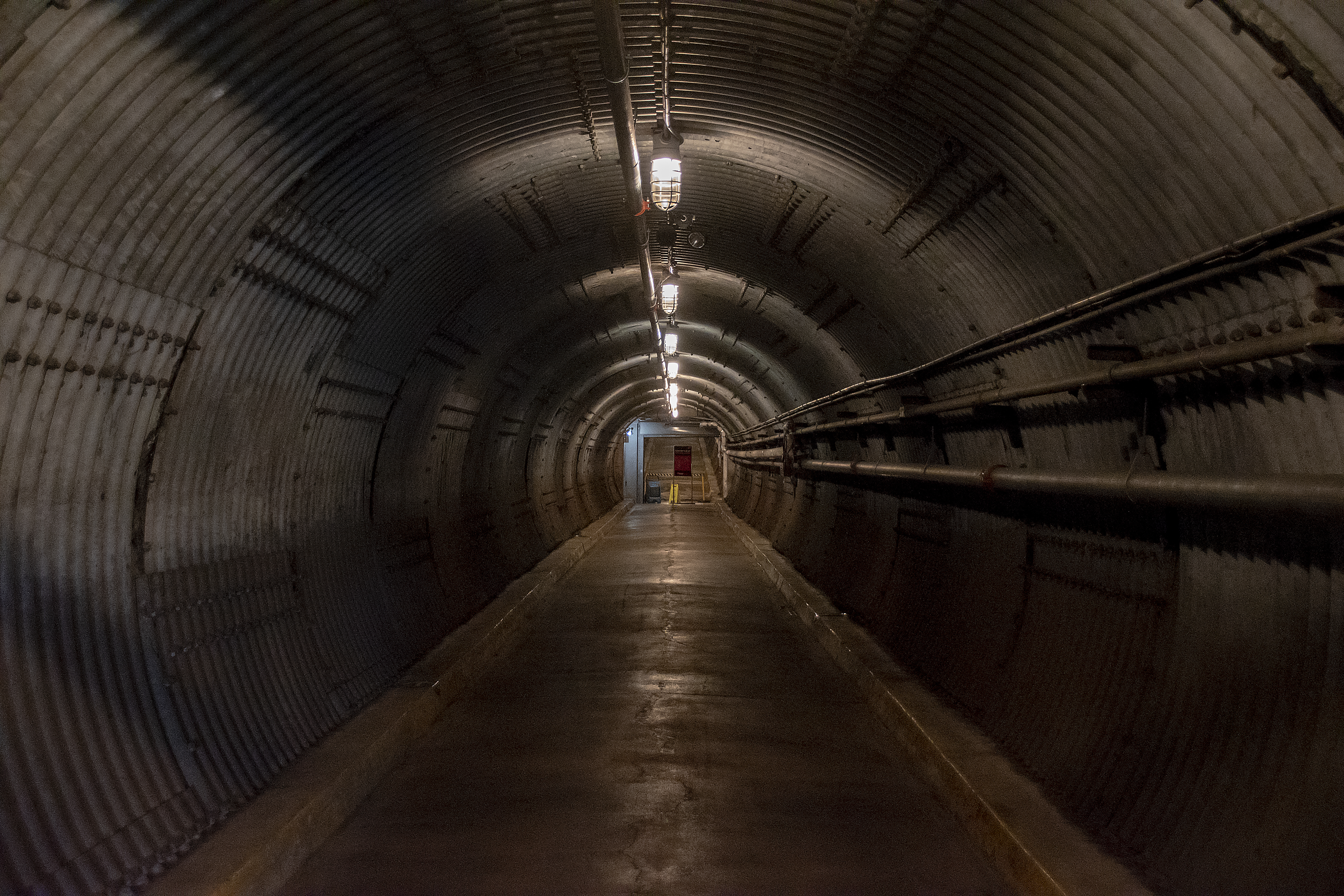 The long entrance tunnel into a Cold War era nuclear fallout bunker, now the Diefenbunker Museum in Carp, Ontario just outside Ottawa. (ID 200092438 © John Twynam | Dreamstime.com)
The long entrance tunnel into a Cold War era nuclear fallout bunker, now the Diefenbunker Museum in Carp, Ontario just outside Ottawa. (ID 200092438 © John Twynam | Dreamstime.com)
